- Vehicles
- Buying
- Engineering
- Owner
-
-
Quality Part & Collection
- Brake
- Battery
- Ford Genuine Parts
-
-
-
SYNC Support
- SYNC™ Support
- SYNC™ 2 Support
- SYNC™ 3 Support
-
Contact Us
- Ford Call Center
-
- Ford Owners Club Myanmar
- About Ford
- Test Drive
- Brochure
CAR MAINTENANCE
Thank you for your attention and for being a loyal Ford customer. We hope you’ve been experiencing the joy of driving a Ford vehicle. Cars of different brands have different operation and structural characteristics. Based on past experiences, we find that some complaints or dissatisfactions are generated due to not understanding the design and structural characteristics of the car or incorrect operation skills. To avoid these misunderstandings, we have specially prepared this car use guidance, which introduces some key function characteristics and some general knowledge on car use. We would like to remind you that the information in this guide is only for your reference and this guide cannot replace the Car Owner Manual. We recommend you to carefully read the Owner’s Manual. You can get detailed information of your car from the Owner Manual, especially the information about standardized operation of the car and driving safety.
It is expected that this car use guide can help you learn more about Ford cars and become a car use expert.
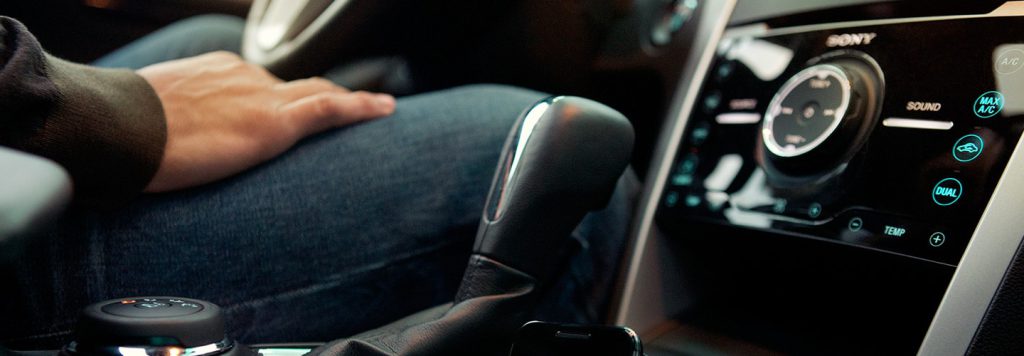
Importance of Regular Maintenance
A car is made of tens of thousands of parts, which are made of different materials, including metal, glass, rubber and various petrochemical materials. If a car has been driven for a long period under different working conditions, all parts will wear or deteriorate with the increase of mileage, use time and impact of the use environment. If these parts further work without maintenance, they may exceed their service life and gradually degrade car performance. Gradually, problems will be extended to other components from specific parts and may even cause an accident. Regular maintenance is very important and is related to the service life of cars and driving safety.
As the saying goes, “70% of a car’s service life depends on maintenance and 30% depends on repair”. Regular maintenance can extend the service life of a car. When a car breaks down, its repair cost is several times higher than the regular maintenance cost. After an overhaul, it is difficult to restore the performance of the car to what it used to be.
Regular maintenance is important because it can repair and replace normally worn and torn parts and components of a car, identify and solve potential troubles and failures in time through comprehensive car detection, and ensure that car components and the whole car are in normal condition.
Correct Use Method of a Wiper
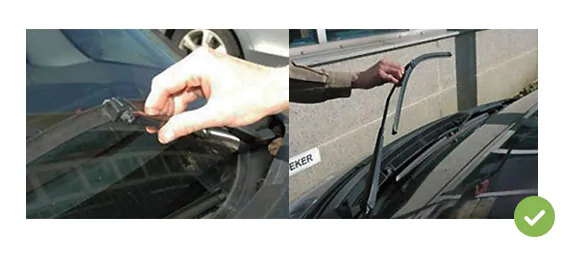
Before the front windshield is cleaned, hold the connection part between the wiper arm and the wiper blade with your thumb and forefinger (as shown in the figure) and lift the wiper arm upright.
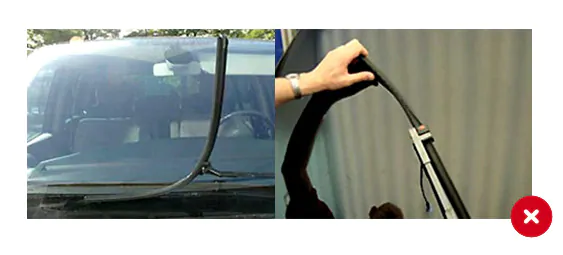
Do not suddenly release the lifted wiper onto the front windshield. Do not twist the wiper blade or block the blade under the hanging and brushing state.
Handling Wipers




Horizontal stripes
Vertical stripes
Spots
Flake areas
Slim horizontal stripes affect the view
After the blade is brushed, some spot water stains are left
The adhesive tape does not adhere to the glass surface and cannot uniformly wipe and brush
Reason : Dirt or debris is caught in the adhesive tape of a wiper bladet, or the edge of the adhesive tape is damaged
Reason : There is some grease or wax on the glass or the adhesive tape is distorted
Reason : The adhesive tape is distorted
Reason : The adhesive tape face or the blade framework is distorted, which leads to insufficient pressure
Handling : First, clean the edge of the adhesive tape. If the problem remains unresolved, please replace the wiper blade.
Handling : First, clean the glass. If the problem remains unresolved, please replace the wiper blade
Handling : Please replace the wiper blade
Handling : Please replace the wiper blade
Clean the Lip of the Wiper Blade

Step 2
Prepare a bucket of water and a sponge. Pour some diluted soapy water into the bucket. Note: Do not use any detergent.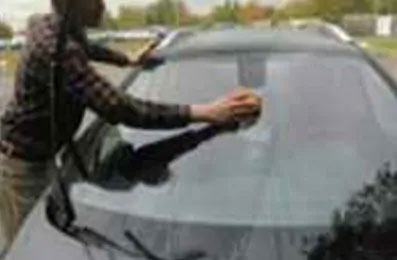
Step 3
Raise the wiper blade, stop at the upper position, and clean the front windshield.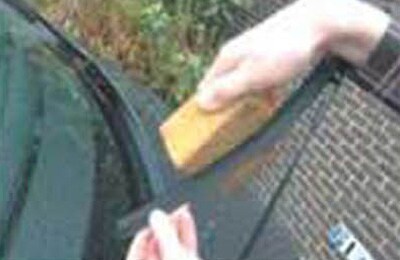
Step 4
Softly clean the wiper blade by using a dampened sponge along the length of the wiper blade. Support the wiper blade with hands when cleaning to avoid excessive bending. Note: Do not drop the wiper blade suddenly, which will impact the front windshield.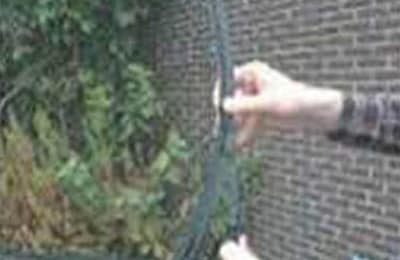
Step 5
Wiper blades can be removed and cleaned separately (refer to the description in the Owner Manual).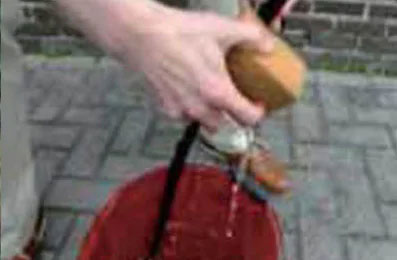
Step 6
Immerse the wiper blade into the water bucket and softly clean it by using a sponge along the length of the wiper blade. Do not bend the wiper blade excessively.Handling Method When a Wiper Blade is Not Used for a Long Period
If your car will not be used for a long period (generally more than 2 days), support the wiper arm (40 x 40 x 60mm) with a foam piece (as shown in the diagram) to prevent your wiper blade from directly touching the front windshield and reduce compression deformation. In addition, keep your car protected from rain and bright sunshine. Or directly take away the wipe blade, store it in your trunk for use in future, and place foam support blocks under the wiper arm. Remember to remove the supporting block when using the car again.
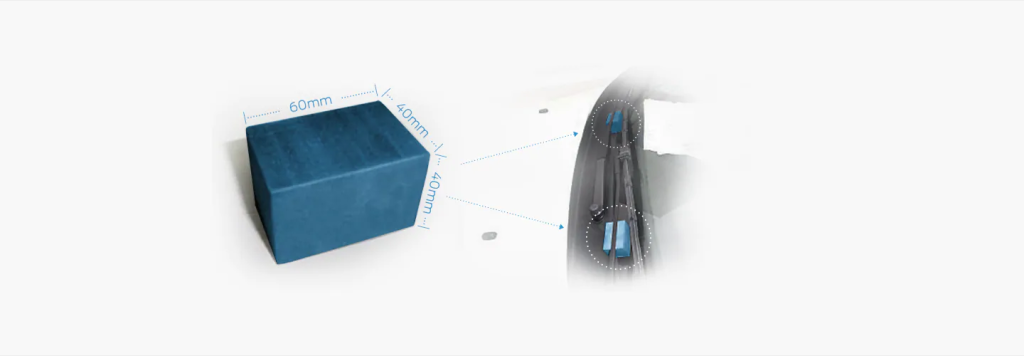
Battery size is generally measured by electric capacity. The electric capacity indicates the capacity released when a fully charged battery is continuously discharged under certain current till the termination voltage. It is often represented by AH. Your battery cannot be replaced by another battery with a smaller AH. To extend the service life of a battery, develop a good driving habit and remove unnecessary electric appliances from your car.
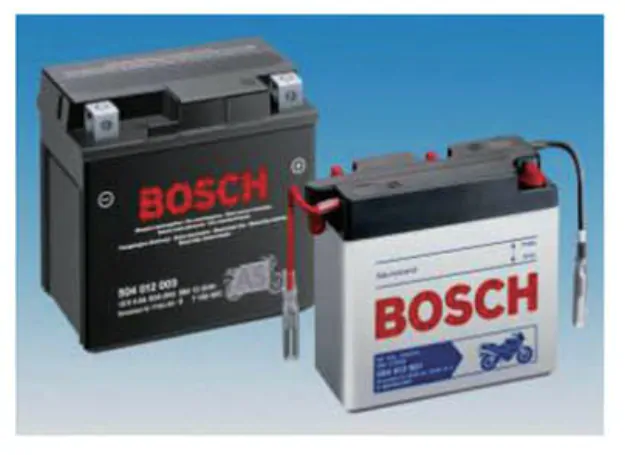
If it is difficult to start the battery or the lamp light is on, take your battery to a 4S shop where it will be taken out for full charge maintenance. Operating the battery on low electricity for a long period of time can damage it and reduce its service life.
Key: If your engine doesn’t start, do not use the sound system and lights. After parking, close all doors and the trunk. When locking the car, activate sleep mode, which is the most power-saving mode with anti-theft monitoring. If you’re traveling and won’t be using your car for a long period, it is recommended to remove the cathode of the battery and prevent slow discharge from full power loss.
If the battery loses power, the battery will be damaged.
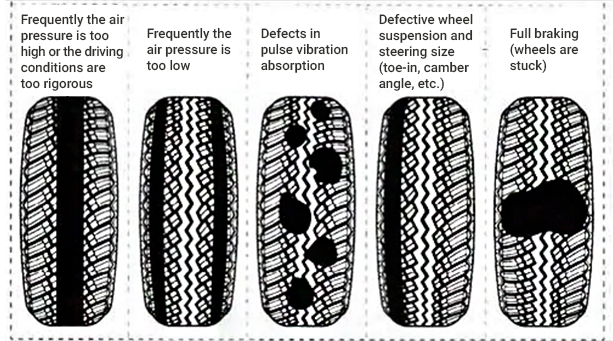
The above figure shows the tyre wearing traces under various conditions. If these traces are discovered, you can use them to determine the problem with your tyres.
Tyre pressure that is too high reduces comfort while too low tyre pressure increases your vehicle’s oil Tyre pressure that is too high reduces comfort while too low tyre pressure increases your vehicle’s oil consumption. If the left and right tyre pressure is different (one is high and the other is low), it will lead to a running deviation of the car.
The tyre pressure gauge is adhered to the center pillar of the left front door.
Excessive tyre use, incorrect driving habits and improper braking will wear down all or partial tyre treads. If improper solvents are splashed onto the tyre, it will lead to deterioration and expansion of tyre rubbers. Damage and cutting of side tyres will severely affect the basic functions of a tyre. If these cases are discovered, it is recommended to check or replace the tyres at a 4S shop.
Before a car is used, tyre conditions should be checked. Front and rear wheels are exchanged properly according to recommendations of a 4S shop in daily maintenance. The four-wheel positions should be detected and regulated regularly. Tyres with too shallow tyre treads should be replaced. Your tyre will function best if you follow the steps mentioned above.
Spare tyre in the case of an emergency, and don’t use the spare for a long period. Under normal circumstances, your driving speed should be controlled and should not exceed 80km/h under normal circumstances.
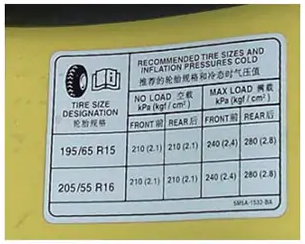
- Prevention Methods
- 1) Wash the front of the hub with clean water every week
- 2) If visible dust or stains are found on the front of the hub, wash the hub with clean water
- 3) You can have your car cleaned regularly at a professional car wash
- Keep your car hub clean using the following methods:
- Prepare clean water, a cotton cloth, and washing powder. Put some washing powder into the water and mix well. Wipe the yellowing part with the soaked cotton cloth, and do not wipe the hub surface with a hard object, so as to not damage the surface paint of the hub.
- A coarse rag is recommended for wiping the yellowing parting, and it is recommended to wear working gloves. Repeatedly wipe the area until it is clean. After wiping, wash it with clean water.
- Others
- 1) Paint the primer, colored paint and transparent paint of the aluminum alloy hub to avoid a rusty rim body and corrosion from external substances.
- 2) Make sure the hardness of hub paints comply with national standards or industrial specifications. Hard objects including stones and sheet irons will still damage or scrape paints.
- Car Cleaning
- Regularly clean the car, especially in areas where salt or chemicals can be found in the air or on roads, such as coastal areas. Please clean the car with warm or cold water.
- If it is difficult to clean sap, insects, guano, stains or pitch on the road with clean water, please use diluted soapy water or proper detergents and wash with clean water.
- Automatic Car Cleaning
- It is recommended to use a brushless automatic car cleaning device. Some water may rush into the car during the operation of a high-pressure automatic car cleaning device. Before the car enters an automatic cleaning device, fold the outside rear view back.
- Manual Car Cleaning
- After using car detergent to clean your car, wash the car with enough water and wipe with soft leather or other soft wiping materials.
- It is recommended to completely clean and check the car chassis regularly where corrosive materials like salt are present. Especially check the chassis after rainy season.
- Before using any detergent or polishing agent, carefully read the operation instruction and all warning information on the product label.
- Clean or remove any gasoline drops splashed onto the body paint or guano dropped onto the body surface as soon as possible. If these adhesive materials are not cleaned, they will damage the paint surface.
- Waxing and Polishing
- Before a car is waxed and polished, it needs to be cleaned and dried. It is recommended to increase waxing and polishing frequency properly where industrial dusts, dust, heavy rains, salty air, insects, and guano are frequent or when a car is frequently parked under a tree.
- Scrape
- It is recommended to avoid directly scraping the body paint and damaging the paint surface with objects such as keys, watches, rings, belt buckles, branches, or stones.
- Others
- If your car will be parked outdoors for a long period, it is recommended to cover and protect the car body using a dustproof cover. Parking your vehicle outdoors for a long period can cause exterior dust buildup. It is recommended to clean the car with water and wipe down gently with a clean rag. This prevents sand, dust and cleaning materials from rubbing against the paint surface, which can lead to tiny wiping stains and scrapes.
1) Maintain your car interior in a timely, regular and long-term manner.
Timely – Before the interior gets dirty, take measures to ensure it is being
cleaned in time.
Regularly – At least once a month.
Long term – Long term maintenance keeps the car interior in good condition and
preserves and increases the value of the car in case of resale or lease.
2) Interiors are made of different materials. so you should select the proper
maintenance method for your vehicle.
3) Focus on cleaning areas susceptible to stains such as the steering wheel,
safety belts, the central console and the side door plate.
4) When the car interior is being cleaned, open doors and skylights for
ventilation.
5) Some cleaning agents on the market may be harmful for your car interior or
its environment (contact or inhalation toxicity, flammability and strong
acidity and alkalinity). Before using, carefully read and follow operation
instructions. Test the agent on a hidden area to confirm that cleaning
articles will not damage materials. The following chemicals are not
recommended:
Organic solvents or strong acid or alkaline liquids such as methylbenzene,
gasoline, kerosene, ethanol and methanol.
6) Do not clean the dirt on the surface of interiors by using blades, a hard
brush or other sharp objects.
| Textiles (ceiling, chairs and door trim) |
1) Remove dust and loose filth by using soft brushes and vacuum cleaners. 2) For difficult or larger stains, begin by gently wiping with a rag to absorb the stain as much as possible. Soak the rag in pure water or soda water, wring it dry and completely wipe it (note: Ensure the rag is wrung dry). 3) Remove stains from the edge to the middle area. 4) If you cannot remove a hard stain, repeat the above step with mild soapy water (Ensure the soap to water ratio is not too high. You can gradually increase the concentration). 5) Clean with water to remove any residual soapy water. Dry the area using a vacuum cleaner or a dry rag. 6) Safety belt – Safety belts can only be cleaned and maintained with neutral soap liquid and clean water. Keep the belts clean and dry (bleaching and dyeing will damage the strength of safety belts. Do not exceed drying temperatures of 80℃). |
| Carpet (car carpet) |
1) The car carpet is integrated with the car body. To make it easier to clean the car carpet, moving foot pads are recommended. 2) If a foot pad is not too dirty, clean it by beating it outside the car. If the dirt on a foot pad cannot be easily removed, refer to cleaning and maintenance method on the basis of its materials. 3) If a carpet is susceptible to stains, remove dust by using a brush and a vacuum cleaner prior to washing. 4) After the dust is removed, spray detergents properly (mild soapy water and soda water) clean it with a brush and absorb any residual detergent with a clean rag. 5) Do not soak the carpet in water for brushing. This will destroy the binding of several layers of different materials and the carpet will not be able to dry for a long period. |
| Leather (leather seats, etc.) |
1) Remove dust by using a soft rag dipped in water. 2) If some stains are left, wipe the area with a soft rag dipped in mild soapy water. 3) After stains are removed, let the leather air-dry. 4) Leather detergents and brush polish on sale for leather maintenance may lead to non-uniform leather gloss or affect specific touch of leathers, so use it carefully. |
| Plastic (dashboard, central console, body, etc.) |
1) Remove dust by using a soft rag dipped in water. 2) If some stains remaining, wipe down with a soft rag dipped in mild soapy water or soda water. 3) Such materials are extensively used for dashboards, central consoles and bodies. The dashboard and central console include electronic elements, circuits and wire connectors. Ensure solutions do not seep in and lead to a short circuit. 4) Many parts of the dashboard are uneven and are difficult to reach with rags, sponges, or soft brushes. You can cut heads of some wood chips into oblique triangles and pack it into a clean rag to clean the dashboard. 5) Cleaning and maintenance agents on sale for such materials can increase gloss, which may lead to reflections on the windshield. Use these agents carefully. |
| Peculiar smell |
1) Sterilization and deodorization are used as the final work procedure for car maintenance. Perfume or air fresheners can only temporarily suppress and cover peculiar smells and cannot completely remove it. 2) Active carbon can be placed inside a car as decoration. You can also drop white vinegar into a small bucket of clean water (use a ratio of 20:1) and use it to wipe the window glass or the interior panels when the car is not in use. After several days, the peculiar smell can significantly decrease until it is gone. |
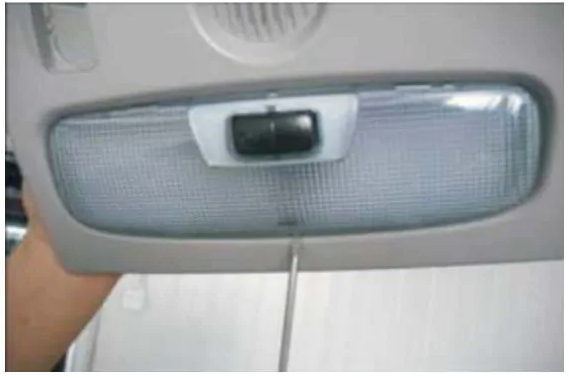
Refitting of lamps (LED) without permission will lead to abnormal conditions.
The brake disc is made of cast iron. If your car wades or is exposed to open environment for a long period (especially in rainy conditions), residual water or rain drops splashed onto your brake disc may lead to slight rust outside the brake disc. We recommend you:
1) After purchasing a new car, if the brake disc is slightly rusty, remove rust by driving and braking. If a foot pad is installed at the main driving position, reserve enough movement space for different pedals to avoid interference between the pedal and the foot pad or insufficient space.
2) Occasional braking noises are normal and generally not a cause for worry. The system may occasionally or intermittently give out sharp noises or creak in case of braking during normal operation. These noises are often caused by environmental conditions, e.g. coldness, heat, humidity, road dust, saline-alkali soil or muddy roads. If your car has been wading or you have been driving on a field, wash the car and remove residual water stains using a cloth.
3) If you’re traveling outside for long periods, try to park your car at an indoor parking space or cover it with a car cover to avoid a rusty brake disk.
4) It is normal for the brake disc to have rust or a slight groove after heavy rains or long-time parking.
5) Please regularly maintain the brake system according to recommendations in the Owner’s Manual.


Step 1
Run the siper arm to the upper position (extreme position).